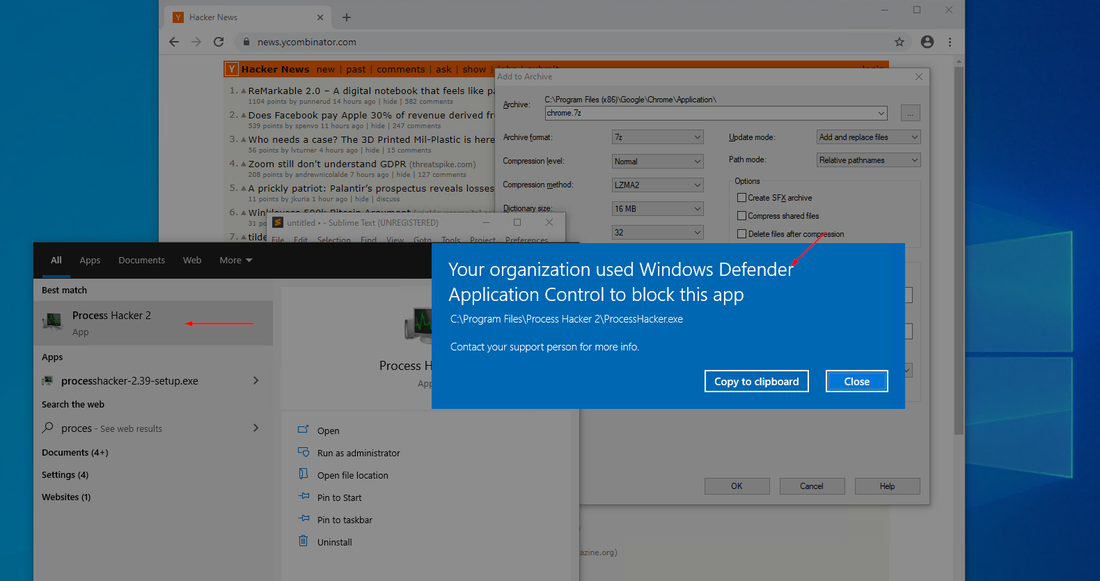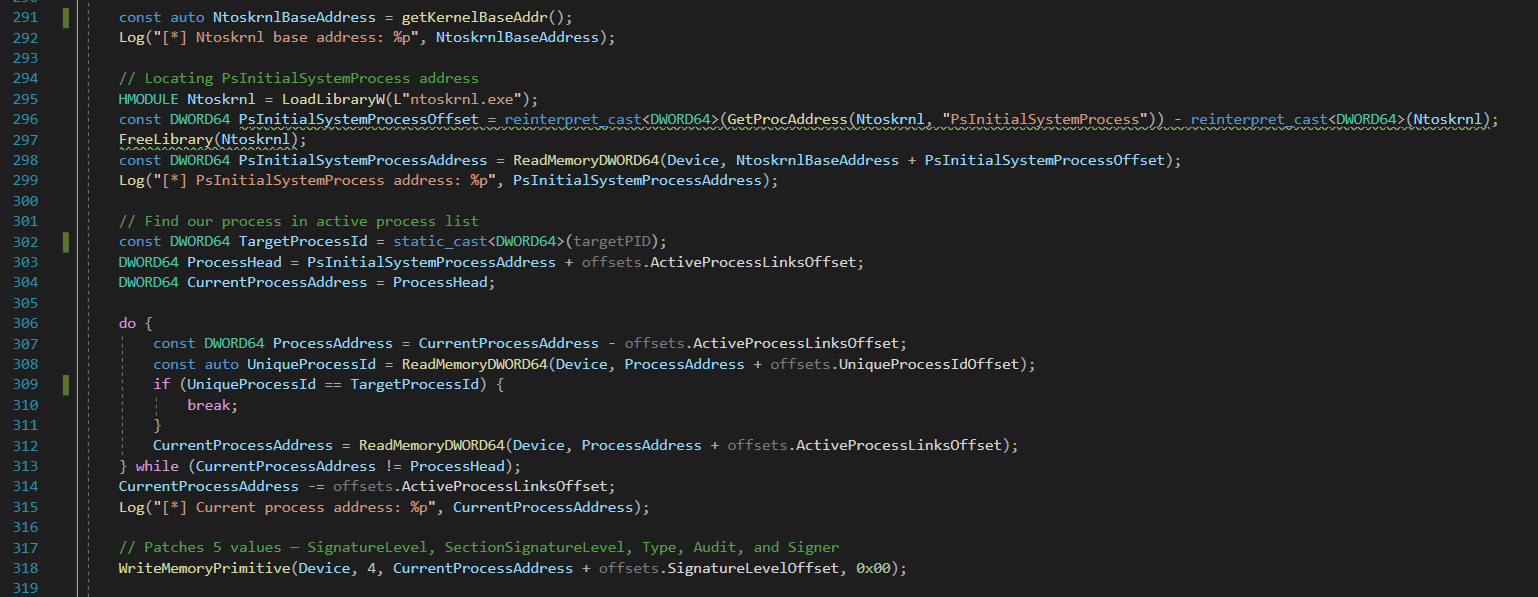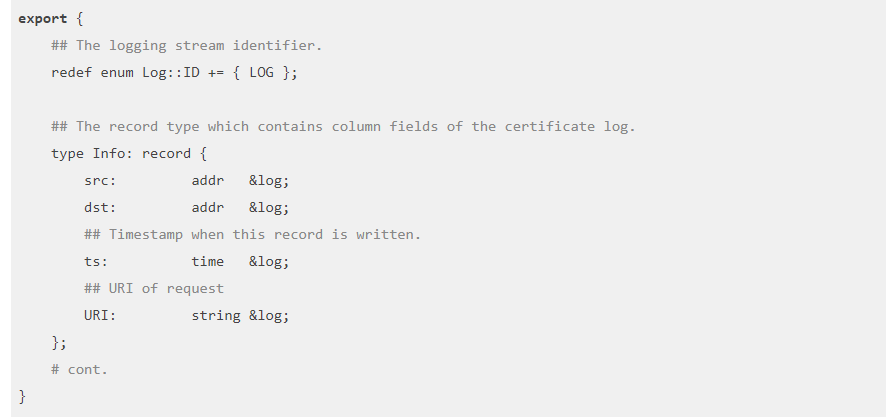A Strategic Approach to Business Disaster Recovery
Planning for Disaster Recovery
Disaster recovery is a critical component of business continuity, especially for medium to large enterprises that rely heavily on digital infrastructure, or use their digital infrastructure for any business operations. Cyber threats, natural disasters, hardware failures, and human errors can severely disrupt operations, resulting in financial losses and reputational damage. To mitigate these risks, businesses must develop a well-structured disaster recovery (DR) plan that ensures swift restoration of services and minimal downtime.
Disaster recovery refers to the strategic approach used by businesses to restore IT systems, data, and operational processes after a disruptive event. It encompasses preventive measures, rapid response strategies, and systematic recovery procedures to ensure business continuity. Businesses face a variety of threats that necessitate a strong disaster recovery plan, including:
- Cyber Attacks and Ransomware: Malicious actors targeting sensitive data.
- Natural Disasters: Earthquakes, floods, and fires impacting infrastructure.
- Hardware and Software Failures: Unexpected system crashes or data corruption.
- Human Errors: Accidental data deletion or misconfigurations.
Disaster recovery planning begins long before implementing a disaster recovery plan or any technical solutions, businesses must evaluate potential risks and their impact on operations. It starts with understanding the unique risks the business faces and how those risks could disrupt operations. This foundational step is known as Risk Assessment and Business Impact Analysis (BIA), two critical components that work hand-in-hand to guide an effective and resilient disaster recovery strategy.
Identifying Critical Assets involves pinpointing the systems, applications, data, infrastructure, and personnel functions that are crucial for day-to-day business operations. Not every component is equally important; identifying the most vital assets ensures the recovery plan focuses on what truly matters. Examples of critical assets are; customer databases, financial transaction systems, core communication tools (email, VoIP, etc.), and key supply chain management software. By understanding which systems are mission-critical, businesses can allocate resources efficiently during a disruption, prioritising what needs to be restored first.
Assessing the downtime tolerance, means identifying two critical metrics; the Recovery Time Objective (RTO), and the Recovery Point Objective (RPO). The RTO defines how quickly a system or application must be restored after an outage, for example, a business might set an RTO of 2 hours for their e-commerce platform to avoid lost sales. The RPO defines the maximum acceptable amount of data loss, measured in time, for example, an RPO of 15 minutes means the company is willing to lose no more than 15 minutes of data in a disruption. Setting these thresholds helps shape the technology solutions and recovery processes needed. It ensures that businesses maintain service levels aligned with customer expectations and legal requirements.
Conducting a risk analysis will identify potential threats, like, cyber attacks, natural disasters, or power failures to evaluate the likelihood and severity of their impact. Performing a risk analysis requires reviewing of historical incident data, identifying vulnerabilities, such as, outdated software and or single points of failure, and the assessment of internal and external threats to the organisation. Once the risk analysis has been completed, potential safeguard strategies should be outlined and implemented. These strategies may include; implementing firewalls and intrusion detection systems, establishing offsite backups and cloud replication, and training staff in incident response and security best practices. Through understanding the risk exposure, the creation of proactive mitigation strategies is made possible, and the defined strategies will be more effective in protecting the organisation. Having effective protective risk strategies in place doesn’t eliminate all risks but will help to reduce their potential impact and increases response readiness.
The Risk Assessment and Business Impact Analysis (BIA) lay the groundwork for a solid disaster recovery plan. This helps organisations to identify what is critical key operations required to keep the business running, quantify the acceptable levels of downtime and data loss, through the RTO and RPO exercises, and evaluate existing threats and vulnerabilities, which will enable the design of preventive and responsive controls. Ultimately, this process transforms unknown risks into manageable scenarios, aligning business continuity objectives with realistic operational capabilities. It’s not just about recovering, it’s about recovering smart and fast.
After Disaster Strikes
When disaster strikes, whether it’s a cyberattack, hardware failure, natural disaster, or human error, data loss can be devastating. Ensuring data redundancy through data backup and storage solutions form the backbone of a successful disaster recovery. At the heart of this approach is the 3-2-1 Backup Strategy, a tried-and-true best practice designed to maximise data resilience and minimise downtime.
The Three: maintain three separate instances of the data; the primary copy, which is composed of the live production data used day-to-day, and two backup copies, which are duplicates of the primary data stored in different physical locations or systems to the primary production data. Having more than one backup ensures that if one is compromised by ransomware, corruption, infection, or physical damage, another is still available for restoration. Redundancy is a key principle in risk management and increases recovery reliability. Some best practices are to; automate regular backups, implement version control to protect against data corruption, and regularly monitor backup integrity to ensure data is recoverable.
The Two: is to maintain two different storage mediums, this is called diversity of infrastructure. Data should be stored on at least two different types of storage to reduce the risk of a single point of failure. The three most common mediums to store backed up data are; on-premise disk-based NAS or server storage, cloud storage, such as, AWS S3 buckets, Azure Blob, or Cloud Storage, and external hard drives or magnetic tape (for long-term archiving). Storage diversity will help protect against hardware-specific failures, software vulnerabilities, and ransomware or malware that targets specific platforms. It is critical to ensure the backup storage systems are compatible with your recovery tools and to regularly test data retrieval from both mediums to verify the data and confirm accessibility to the data.
The One: offsite backup, will provide geographical separation, with at least one backup copy stored in a physically separate location from the primary environment. The location can be a secure cloud platform, a remote data centre, or a physical vault or external facility. The storage method should be secure, but more critically that it is offsite in an environment which will help protect against natural disasters, like, fire, flood, or power outage (depending on the risk profile of the region of your business). This will also help protect against the threats of theft or sabotage. By ensuring at least one copy of data is completely isolated, organisations dramatically reduce the chances of total data loss. Additional best practice considerations are to; encrypt all data before transmission and at rest, apply strict access controls and audit trails, and ensure offsite backups are updated regularly.
Data Backup and Storage Solutions are essential to ensuring business continuity during a disaster. The 3-2-1 Backup Strategy is a globally recognised standard that helps companies; maintain redundancy with three total data copies, diversify storage across at least two types of media, protect against local threats with at least one offsite backup. Data is both an asset and a target, making the 3-2-1 strategy a critical piece of business operations. Implementing it correctly means a company can face disaster with confidence, knowing that its most critical resource, its data, remains safe, accessible, and recoverable.
Incident Response
Disruption resulting from a cyberattack, data breach, natural disaster, or internal system failure required a time critical incident response. How an organisation responds in the first few minutes and hours can mean the difference between minor inconvenience and major catastrophe. Incident Response is the tactical execution of handling the disruption, while Crisis Management is the broader coordination of people, communications, and stakeholders during the crisis. Together, they create a cohesive, proactive approach to disruption.
Immediate Containment Strategies, “Stop the bleeding before fixing the wound.”
The moment an incident is detected, the priority is to contain the threat and prevent it from spreading to other systems or impacting additional data and users. The organisation should active some key actions immediately. The effected servers or endpoints should be immediately isolated from the network. All non-essential and or impacted services and applications should be halted. Intrusion prevention systems (IPS) or firewall rules should be checked and engaged if no already active, if active, locking down the firewall is a critical first step. Containment limits damage and buys valuable time to understand the scope of the incident. Delayed containment can turn a contained issue into a company-wide outage or a full-scale data breach. The Incident Response playbook should include a predefine containment plan that is ready to action, staff should be trained in rapid-response drills, and there should be automated containment processes in place where possible, such as, endpoint detection and response tools.
Communication Protocols, “Who needs to know, what do they need to know, and when do they need to know it?”
Clear, timely, and structured communication is vital during a crisis. Communication protocols define who is informed, how they’re informed, and what information is shared, internally and externally. The communication plan should cover Internal alerts to response teams, IT, and executives, external notifications to customers, partners, vendors, regulatory disclosures, and media and public statements via PR channels. Poor communication leads to confusion, delays, and reputational damage. Stakeholders may panic or misinterpret the scope if they’re not kept informed. Meanwhile, coordinated teams can act quickly with accurate information. Ensure to maintain up-to-date contact trees and notification systems, use message templates for speed and consistency, and designate trained spokespersons and communication liaisons to lead the communication.
A robust plan will integrate incident response and crisis management. Incident response focuses on technical remediation, so the inclusion of crisis management adds layers of human, legal, reputational, and strategic oversight. Integrating the two response frameworks ensures business continuity decisions align with IT actions, customer confidence is maintained, compliance and legal obligations are met, and post-incident reviews are conducted to improve future readiness. Incident Response and Crisis Management are two sides of the same coin in any resilient organisation, together they provide a coordinated framework to immediately contain threats and reduce potential damage, communicate swiftly and clearly with all necessary parties, and minimise downtime, preserve reputation, and maintain compliance. When implemented correctly, the dual pronged approach transforms reactive chaos into organised action. An effective plan is not only about stopping the threat, it’s about controlling the narrative, reassuring stakeholders, and restoring operations with minimal friction.
Red Cursor provides tailored disaster recovery solutions to help any business prepare for and respond to disruptions. We help businesses plan, define, create and implement effective systems and processes to help protect against the threat of disaster. We lead and guide our customers through;
Comprehensive Disaster Recovery Planning
- Custom DR Strategy Development, aligning recovery plans with business objectives.
- Risk Assessment and Compliance Audits to ensure adherence to industry standards.
- Automated Backup Solutions that will deploy secure and encrypted data backups.
Incident Response and Cybersecurity Solutions
- 24/7 Threat Monitoring that will detect and mitigating cyberattacks in real-time.
- Rapid Recovery Assistance to help minimise downtime and restoring operations swiftly.
- Forensic Investigations to analyse attack vectors and secure vulnerabilities.
Business Continuity and Crisis Management
- Cloud Disaster Recovery Implementation to deploy scalable recovery solutions.
- Compliance and Regulatory Support to help assist with legal and governmental requirements.
- Simulation Training and Employee Awareness that will prepare staff to handle disaster scenarios effectively.
A well-structured disaster recovery plan is crucial for businesses to minimise operational disruptions and financial losses. Leveraging best practices in risk assessment, data backup, incident response, and cloud-based solutions, businesses can ensure resilience against potential threats. Red Cursor plays a vital role in providing expert guidance and tailored recovery solutions to businesses facing cyber threats, data loss, and system failures. Investing in disaster recovery planning today to safeguard your business against uncertainties tomorrow.



